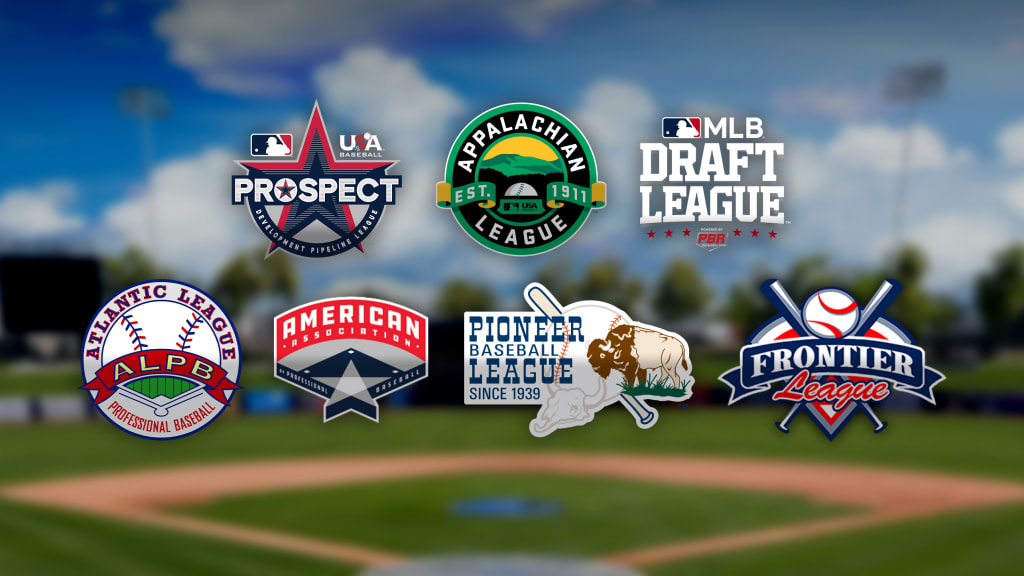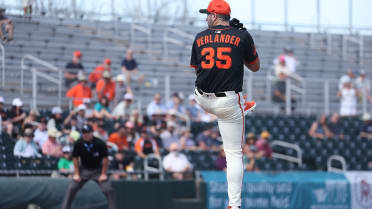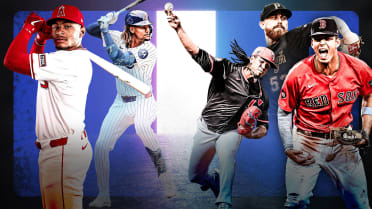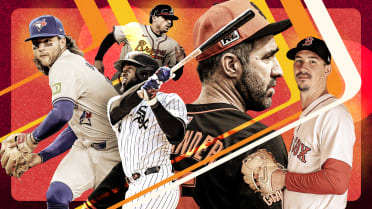Following MLB's new path for Draft prospects

Over the past couple of months, Major League Baseball has announced a series of initiatives that will alter the landscape of amateur and professional baseball. The creation of a new Appalachian League, and the MLB Draft League and the adjustment of making the Pioneer League an unaffiliated partner league are intended to provide as many opportunities for players as possible.
So how will all of this work?
It will be hard to know exactly what all of this will look like in reality until the leagues start in 2021, but on paper, there’s a clear path that MLB is trying to forge here. In an attempt to clarify how this could play out, let’s follow a hypothetical amateur player from the high school ranks through the various stops he could make on his way to a professional career.
A start in the PDP League
The Prospect Development Pipeline League is the “veteran” of the group, having been established in 2019. MLB worked with USA Baseball to create a longer-range league for high school players the summer before their senior year. The inaugural season, held in Florida, helped USA Baseball create its 40-man roster for its 18-and-under National Team, a group that participated in the first High School All-Star Game in Cleveland that July. It gave scouts an opportunity to look at top players for a span of three weeks while also giving players a high level of instruction. Several first-rounders emerged from the top performers in the league.
After the pandemic canceled it this year, the PDP League will be back in 2021. Based on feedback from players and teams, it will likely be shorter this time around and will take place after the Draft, which has been moved to July, but before events like the East Coast Pro Showcase and Area Code Games.
While an elite-level high school player undoubtedly will be seen in a number of events before and after the PDP League, this would be the first stop for our amateur prospect on this MLB-devised path.
The new Appalachian League for younger players
Let’s say our prospect doesn’t get drafted or doesn’t sign out of high school, deciding to head on to college. There are a number of summer leagues already in existence, most famously the Cape Cod League, to give college players experience against good competition and in front of a lot of scouts. The hope is this new Appy League will largely be a complementary wood bat league, not a competing one, with MLB working with the existing summer leagues to create as many opportunities for players as possible.
The 10 teams that will be in this league are the same ones that were in the old Rookie-level Appalachian League, though they are changing their names. This league will take place from early June to early August, with a focus on development. The main population of players is intended to be college players who have just completed their freshman year.
USA Baseball is again the partner here, as the organization sees this as a terrific opportunity to see more college players for future consideration for the College National Team, while also helping to provide a high level of instruction.
This won’t be reserved for college players only. There’s been some interest expressed by college coaches to let incoming freshman participate in the Appy League as a way to help onboard them to the higher level of competition that awaits them on campus, so our hypothetical prospect could potentially head here either after graduating from high school or after his first year of college. The timing of this might be a bit tricky with the Draft in July, but a player could come before the Draft if he wanted to be seen some more or if he knows he’s planning on heading to college, or for a few weeks post-Draft.
Because of this focus on younger college-level players, the hope is the Appy League will dovetail nicely with the Cape Cod League, which tends to focus much more (though not exclusively) on college players heading into their junior years.
Preparing for the Draft in the MLB Draft League
After playing in the Appy League following his freshman year, our prospect can go to the Cape after his sophomore season. Usually, that’s it for exposure of this sort, except when a player goes to the Cape or another summer league with a plan to go back to campus for his senior year.
The new MLB Draft League is meant to provide more exposure. It will be another wood bat circuit, but for players eligible to be taken in that year’s Draft. This will largely be for players who finished their junior or senior seasons of college, as well as junior college players. But there might be a smattering of high school players who are from cold-weather areas or coming off an injury -- anything that would have prevented them from getting many looks that spring. High school players from both Canada and Puerto Rico have already expressed interest in participating.
The league will have teams in four former New York-Penn League towns and Trenton, N.J., with a sixth team to be named, likely in January.
The first half of the league will take place before the Draft, so our prospect could head there after his junior year in college to get last looks from all 30 teams. Then the league will continue after the Draft. The idea is to restock the rosters with the best undrafted players who still have an interest in signing with teams, as well as drafted players who haven’t signed.
While the length of the 2021 Draft has yet to be officially announced, it will undoubtedly be shorter than the 40 or more rounds it had been before the COVID-shortened the 2020 version. So if it’s, say, 20 rounds, that’s still 20 rounds worth of previously Draft-worthy players (those who would have been taken in rounds 21-40) who could compete in the second half of this league.
Still haven’t signed? There’s always the Pioneer League
With the elimination of some of the lower levels of the Minor Leagues, independent leagues should definitely see an influx of talent. The Pioneer League is joining existing indy ball leagues -- the Atlantic League, American Association and Frontier League -- as a “Partner League” with Major League Baseball, but unlike the others, it will concentrate on younger players only.
The focus will be on unsigned players or players with minimal professional experience, and there’s a clear scenario where a player could go from the MLB Draft League to the Pioneer League if he wasn’t drafted or signed, perhaps joining players who had spent a little time in the lower level of the Minors but had been released or there wasn’t room for because of the elimination of some of those leagues. It would give our prospect more opportunities to be evaluated by all 30 MLB clubs, this time while getting paid as a professional.
Jonathan Mayo is a reporter for MLBPipeline.com. Follow him on Facebook and @JonathanMayo, and listen to him on the weekly MLB Pipeline Podcast.




